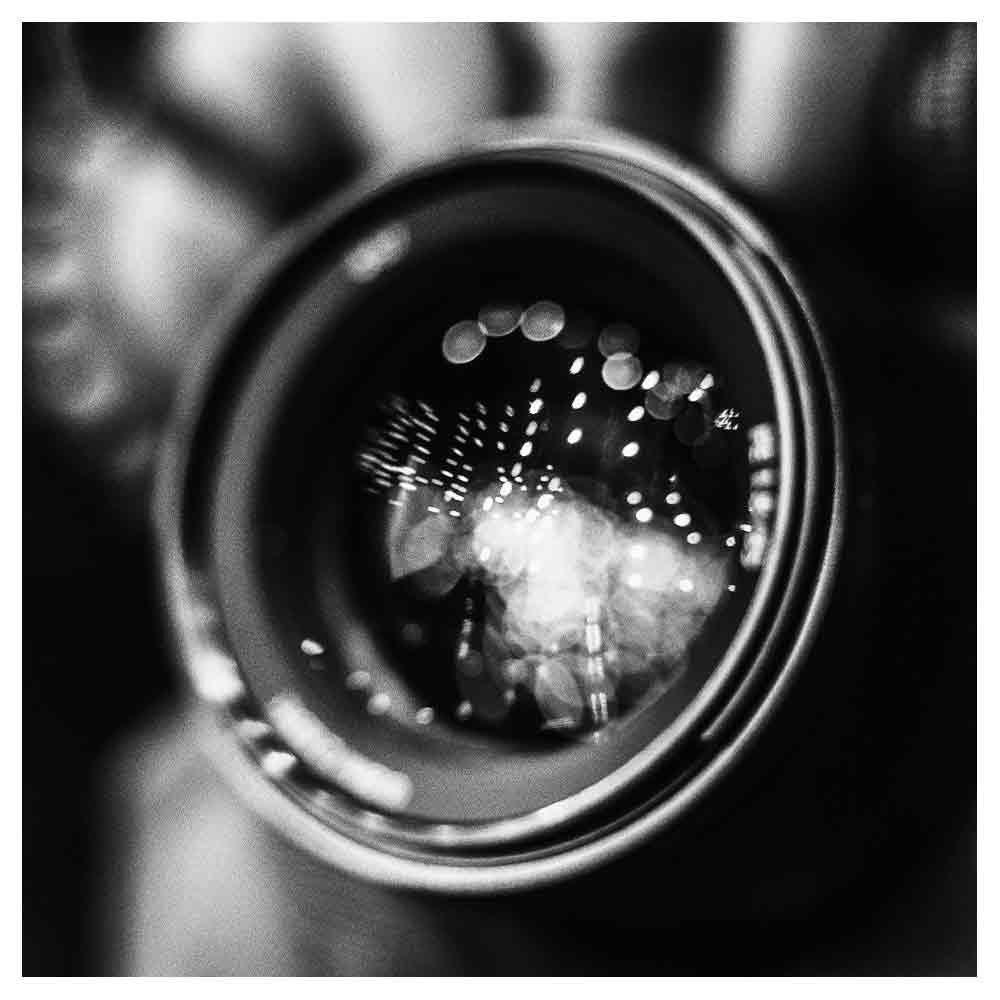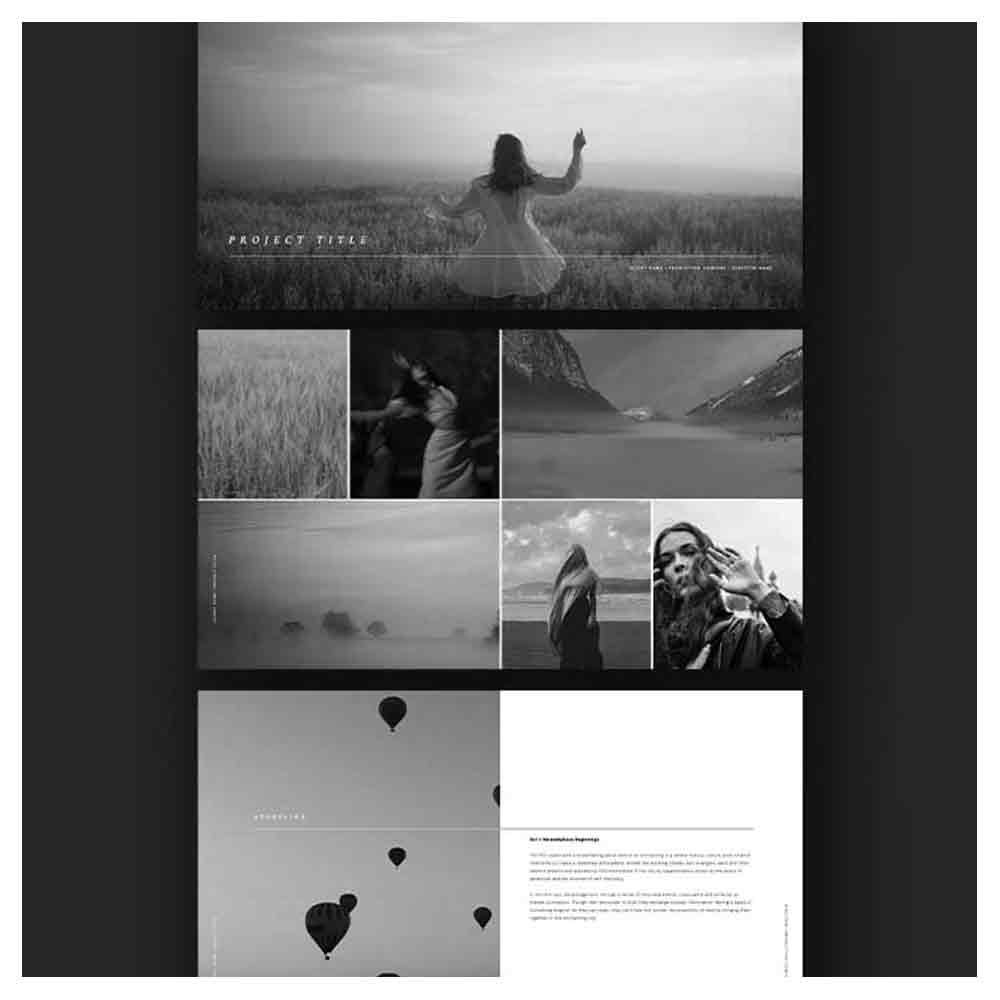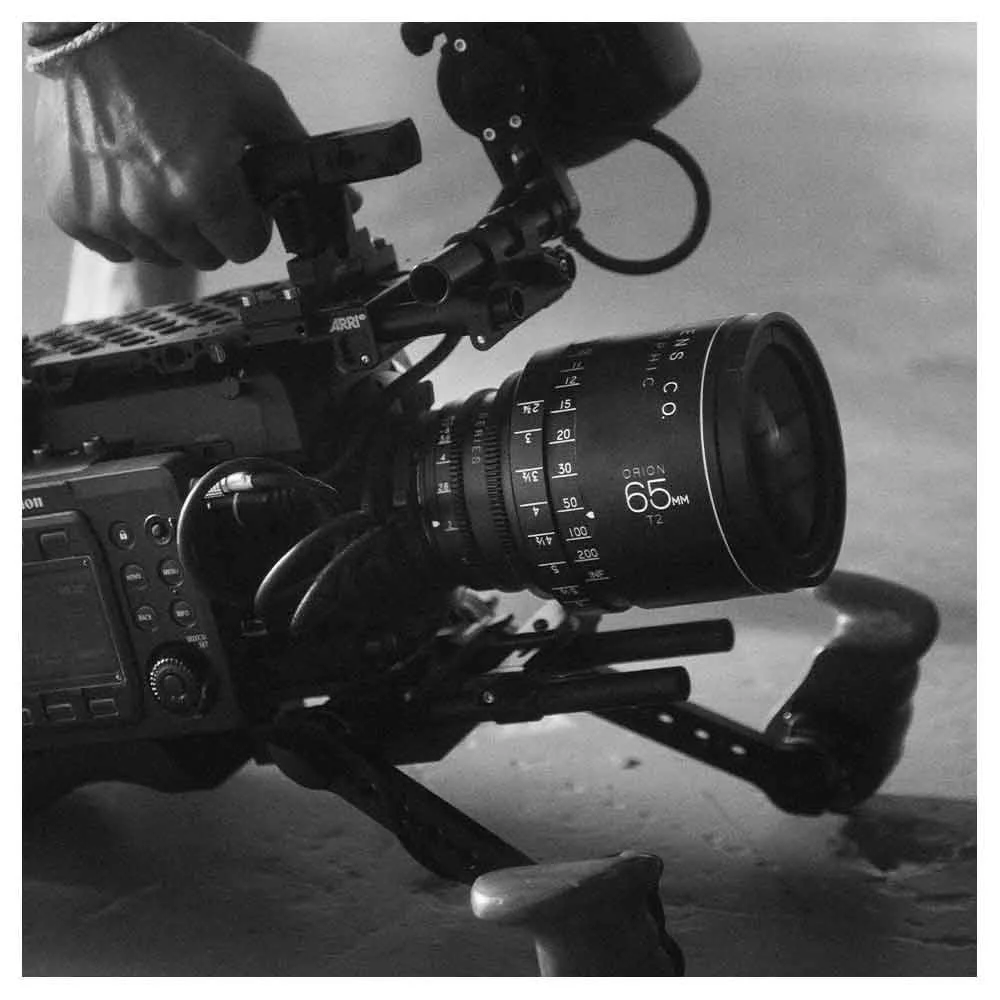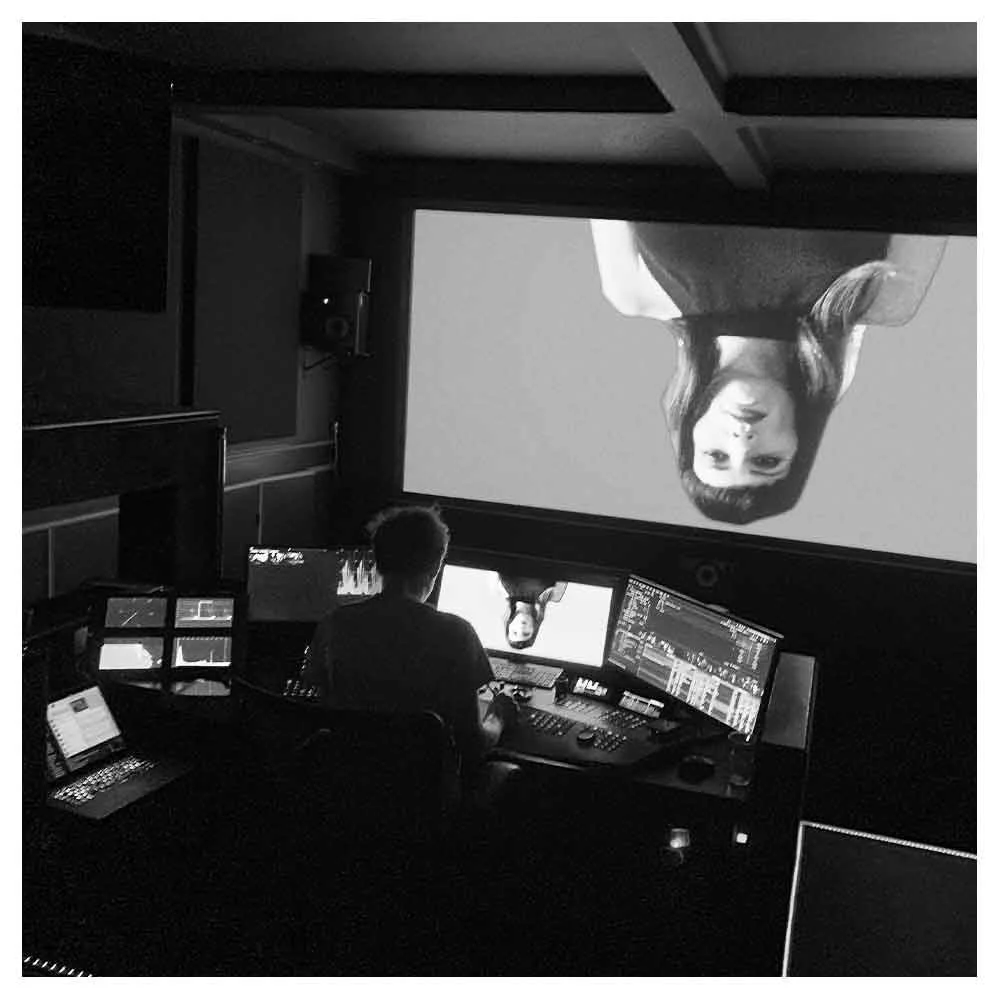What is Visual Style? A Guide for Filmmakers and Creatives
Visual style is the unique fingerprint of a creator's work. It's not just about the elements you see; it's about the message they convey. Understanding and developing a distinct visual style is crucial for filmmakers and creatives. It's the art of using visual elements to define and express an identity.
The Role of Visual Elements in Style
Shapes and Lines: From the straight lines of minimalist design to the simple shapes in a flat design, every shape tells a story.
Color and Texture: A color palette reflects the mood. Think of Coca-Cola's classic red – it's not just a color, it's an emotion.
Typography: The choice of types, like thick-stroke fonts or New Roman, can speak volumes.
Negative Space: It's not just about what you see but also what you don't see.
Visual Styles and Their Influence
Different visual styles cater to different target audiences. A vintage style might evoke nostalgia, resonating with those who appreciate history or World War II-era aesthetics.
In contrast, a modern, organic design might appeal to an audience valuing naturalness and simplicity.
Building a Brand's Visual Identity
Brand Identity: This visual represents a brand's core values. Brand logos, brand image, and brand story form the tapestry of a brand's identity.
Brand Guidelines: A comprehensive visual style guide is a crucial tool. It ensures brand consistency across all mediums, from social media to web design.
Logo Guidelines: The logo is often the first visual cue a customer interacts with. Hand-drawn logos, pencil sketches, or digital creations – each has its impact.
Personal Style in a Corporate World
There's room for personal style even within the confines of brand guidelines. This is where creativity thrives.
A designer can use natural elements, play with white space, or incorporate real-life objects, making each piece unique yet aligned with the overall design.
Keeping Up with New Trends
New trends, like incorporating organic designs or using negative space cleverly, keep a visual style fresh.
A great example is the evolution of web design, which has shifted from cluttered pages to more simple, user-friendly interfaces.
The Importance of a Visual Style Guide
A visual style guide is more than just a document; it's a roadmap. It helps keep everyone on the same page, ensuring the brand's visual identity is communicated consistently.
Case Study: Coca-Cola
Coca-Cola is an excellent example of branding done right. Its consistent use of color, typography, and brand assets, like the logo, has made it a long-standing icon in marketing.
Conclusion: Your Style, Your Story
Your visual style is your voice in the visual world. Whether you're a filmmaker or a designer, it's about creating a brand personality that resonates with your audience.
Remember, the best styles are the ones that remain true to your vision while adapting to the evolving landscape of design and audience expectations.
Frequently Asked Questions About Visual Style (FAQs)
What is Visual Style?
Visual style is the unique set of visual elements and design styles that make up the overall aesthetic and feel of a brand, product, or artwork.
It includes everything from color palettes to typography, shapes, and layout.
How Does Visual Style Affect Brand Identity?
Visual style is crucial in establishing a brand identity. It encompasses the brand logos, image, and story, ensuring brand consistency.
A well-defined visual style helps in communicating the brand personality and core values effectively.
What are Some Common Design Styles?
Minimalist: Focus on simplicity and negative space.
Vintage Style: Incorporates nostalgic elements, often reminiscent of World War II aesthetics.
Organic Design: Utilizes natural elements and organic forms.
Flat Design: Characterized by simple shapes, straight lines, and a clear, concise approach.
How Do I Choose a Visual Style for My Target Audience?
Consider your target audience's preferences and expectations. For example, a vintage style might appeal to those who appreciate classic, nostalgic designs, while a minimalist approach might resonate more with a modern, sophisticated audience.
What is a Visual Style Guide?
A visual style guide is a comprehensive document that outlines how all aspects of a brand's visual identity should be applied. It includes logo guidelines, color palettes, typography, and other brand assets.
Why are Brand Guidelines Important?
Brand guidelines ensure brand consistency across various platforms. This crucial tool helps keep everyone on the same page, maintaining a cohesive brand image and brand story.
How Can I Incorporate Personal Style into a Brand?
Personal style can be woven into a brand’s visual identity through unique design elements like hand-drawn illustrations, custom pencil sketches, or a distinctive color palette that reflects individual creativity.
What Role Do Color Palettes Play in Visual Style?
Color palettes are vital in conveying emotions and setting the tone for the visual identity. Choosing the right colors can enhance the overall design and make the brand more relatable and appealing to its audience.
How Do New Trends Impact Visual Style?
New trends in design can introduce fresh visual elements and styles, such as thick-stroke fonts in typography or white space in web design. Keeping up with these trends helps keep the visual style relevant and engaging.
What is an example of a Brand with a Strong Visual Style?
Coca-Cola is a great example of a brand with a strong visual style. Its consistent use of red and white, along with its iconic logo and typography, has made it a long-standing and recognizable brand worldwide.
How Important are Visual Cues in Design?
Visual cues like shapes, colors, and typography are essential in guiding the viewer's perception and understanding of the brand or product. They play a critical role in creating an intuitive and memorable user experience.
Is a Visual Style Static or Evolving?
A visual style is typically evolving. While maintaining core aspects for consistency, it adapts to changes in branding, marketing, and design trends to stay relevant and appealing to the audience.
How Can Designers Develop Their Visual Style?
Designers can develop their visual style by experimenting with different design styles, studying art and design history, and continuously refining their skills and techniques. Personal experiences and inspirations are also key factors in developing a unique style.






























